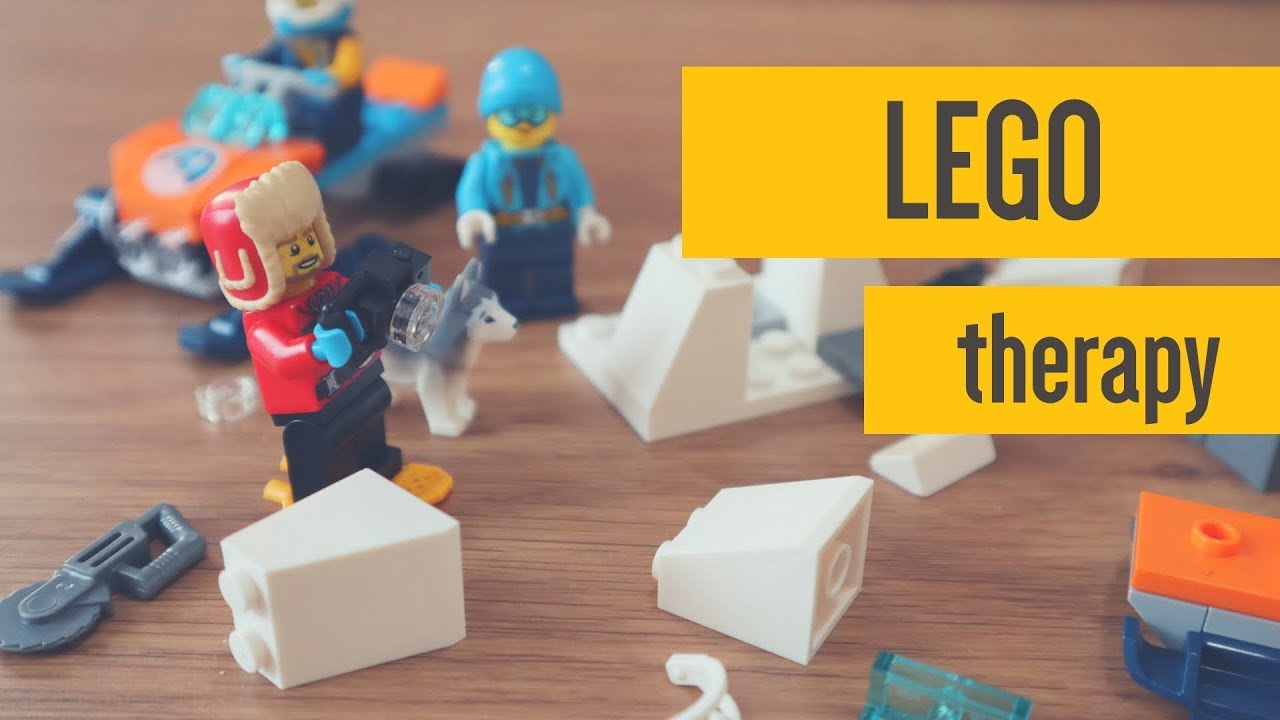
LEGO® Therapy sessions aim to promote the development of appropriate social, communication and play skills, as well as utilise children’s strengths to help them develop their areas of difficult. LEGO® Therapy aims to provide opportunities to develop the following social skills:
|
Shared attention |
Collaboration |
Listening |
Communication |
|
Joint problem-solving |
Compromise |
Turn-taking |
Sharing/shared enjoyment |
LEGO® Therapy takes place in groups of 3-4 children and one adult. Everyone in the group plays their own role within the session, and children are encouraged to build together within their set roles.
- Facilitator – the adult plays the facilitator; whose role is to promote positive social interactions and skills for social competence.
- Engineer – the Engineer holds the visual building instructions. The Engineer is required to instruct the Supplier to find bricks, then tells the Builder how to put the bricks together. The Engineer must use verbal instructions rather than pointing to the visual instructions.
- Supplier – the Supplier picks out the bricks from the brick bank and passes the bricks to the Builder when instructed by the Engineer.
- Builder – the Builder receives the bricks from the Supplier, and places them on the model when instructed by the Engineer.
Children are encouraged to switch roles within and between sessions, so each child gets an opportunity to develop their skills. They can have badges or cards outlining their roles, so they are able to remind themselves throughout the session.
The sessions aim to be very child-led, and having the Facilitator only helping to steer the session, rather than control its contents. For example, the children are encouraged to come up with the ‘Ground Rules’ for the sessions, including examples like ‘’If it gets broken, fix it or ask for help” and “If someone else is using it, ask first”. Children are also encouraged to decide who plays which role, and when they should swap roles.
The children are also encouraged to develop their descriptive language skills during these sessions, by using new describing words and concept language to talk about what kind of bricks they need and where these bricks go. For example, children will use words to describe size, shape, colour, number and position (e.g. ‘in’, ‘on’, ‘under’).
Groups last around 50-60 minutes, and consist of many parts, not just structured building. At the start of each session, an introduction needs to take place to establish what they will be building, whether it’s a new small model each session, or a larger one they are building over several sessions. This is also the time where the children establish who will be fulfilling each role. Then, the structured building part begins, with the children working as a group in their assigned roles, switching roles where appropriate. Following this, freestyle building begins, where the children decide as a group something they would like to work together to build in each session. Then, the session ends with the Facilitator handing out ‘points’ to reward positive social behaviour, with the aim to exchange these points for other rewards, such as computer time.
Freestyle building doesn’t include the same roles (e.g. there is no Engineer as there are no instructions!), so children can be very creative in their group. It is important that, during freestyle building, the children are still working as a group or in pairs, and not building silently and individually. Freestyle building is the opportunity for children to put their newly acquired social skills into practice; they will be using collaboration, problem-solving, joint attention and more to design and build something in a group from their own imagination.
